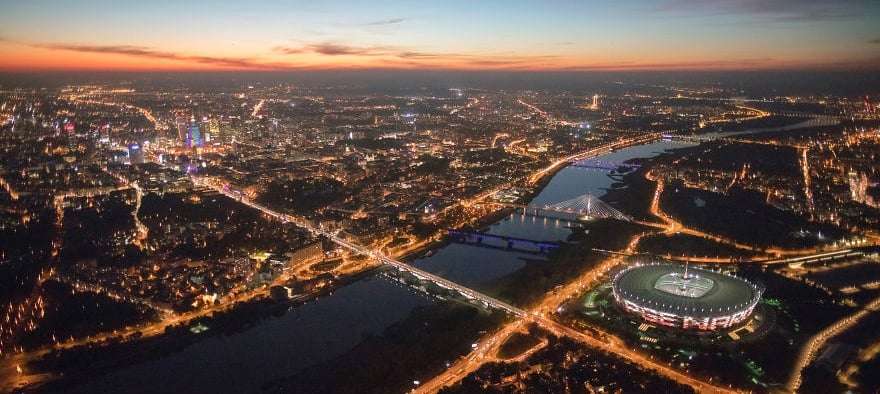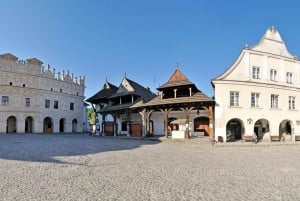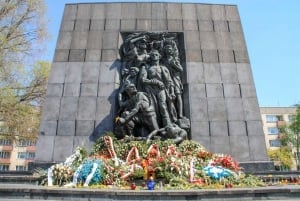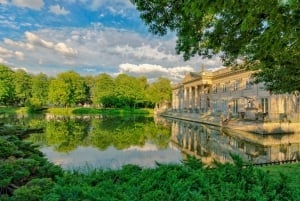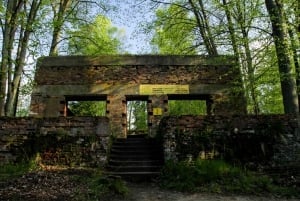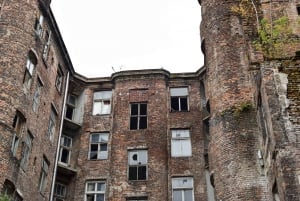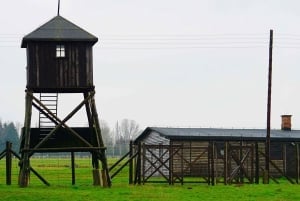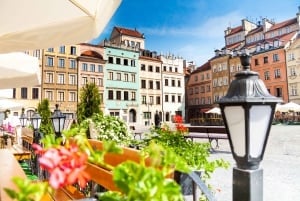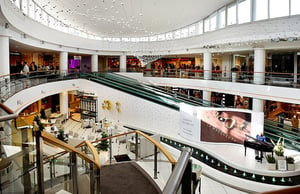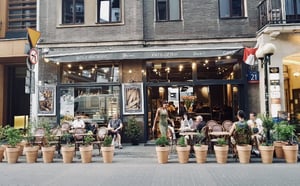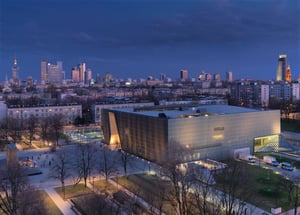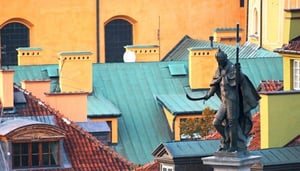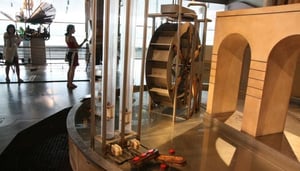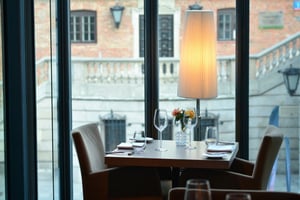Region Overview
Warsaw (Warszawa in Polish), Poland’s largest city and the location of the Polish government and president, was once known as the "Paris of the North" because of its fine architecture and culture. The "Phoenix City" is another name given to the capital because of the manner in which its citizens have constantly rebuilt this city from the rubble and ashes of numerous wars and occupations. After World War II, when 80% of the city was destroyed, Warsaw was rebuilt and redeveloped and is still doing so at a rapid pace with one of the fastest developing skyscraper skylines in Europe. The UNESCO recognized Old Town, listed as a World Heritage Site contains the Royal Castle, a reminder of the strong sense of history that still lives on today. The Palace of Science and Culture, given to the city as a so-called present from Stalin, is one of the city’s most distinctive buildings despite being a stark reminder of the recent history of oppression. Despite its dark past, optimism now rules in the capital city with a sense of energy and dynamism in the air that has brought a new sense of belief to its citizens. This is typified by the fact that in 2012, Warsaw will host the opening match of the football European Championships at the newly built Polish National Stadium.
Warsaw is located on the Vistula River in the heart of the Masovian Plain. With a population of approximately 1.7 million people including the metropolitan area, it is the 9th largest populated city in the European Union. The majority of tourist attractions are located in the borough of Srodmiescie, which includes the Old Town, New Town, Royal Route, Lazienki Park and the city centre. There are a total of 18 districts in Warsaw. Praga, one of the few districts which was not so badly destroyed during World War II, has bloomed into one of the most popular places to live and spend time in with a flourishing arts scene. In the districts of Mokotow and Zoliborz examples of social-realist architecture can be found. The southern part of Wilanow marks the border of the city and this is where the Wilanow Palace, which dates back to the 17th century can be explored and admired. The former Jewish community that were enclosed inside the Ghetto is located in Mirow and Muranow districts. Few remnants survive of Jewish Warsaw but places worth visiting are the Memorial of the Heroes of the Warsaw Ghetto, the small remains of the former ghetto walls, the Nozyk Synagogue and Okopowa Jewish Cemetery, the largest in Warsaw.
The capital is not only a busy economic and administration centre. With a total of 82 parks including the famous Lazienki part, there are plenty of places where you can escape from the hectic pace of life in this bustling city. With over 300,000 students and the largest university in Poland, there are also countless options for those looking for entertainment and culture in Warsaw. The Grand Theatre, National Opera House and Ballet Theatre are options worth checking out while museum lovers will find a wealth of places to discover and explore with one of the most popular and interesting being the Warsaw Uprising Museum.
Warsaw has a range of accommodation options for those who can afford to indulge but there are also cheaper options for those working off a budget. The same can be said for eating and drinking in the city. Save some time by planning ahead as the city sprawls over a large area without a clearly defined centre. The city has trams, buses and a metro line that links the southern part of the city to the northern area. An east-west line is scheduled to be completed in 2013. Air travelers can arrive or depart from the Warsaw Chopin Airport or the soon to be opened Warsaw-Modlin Airport which is scheduled to be opened in July 2012.
Poland at a glance
Lying at the crossroads between East and West, Poland is a modern, rapidly developing European nation that yet retains something of the magic of a bygone era. Rolling plains, craggy mountain peaks, dense primeval forests, misty lakes and pale stretches of seacoast make Poland’s largely undisturbed natural landscape one of the most beautiful and varied in Europe, while colourful, beautifully preserved medieval towns and baroque castles are certainly not in short supply. While Poland already has a reputation abroad for vodka, beer, amber jewelry, accordion music and beautiful women, you’ll find that its spectacular old cities, vibrant cultural scene, trendy cafés, delicious local cuisine, rich history and friendly, generous people will make your visit unforgettable.
Poland, the 9th largest country in Europe with a population of about 40 million, borders Germany to the west, the and Slovakia to the south, Ukraine and Belarus to the east, and Lithuania, Kaliningrad and the Baltic Sea to the north. Lying as it does in the centre of the European plain, between the Tatra Mountains and the sea coast, Poland’s history has often been defined by the defense of its eastern and western borders.


